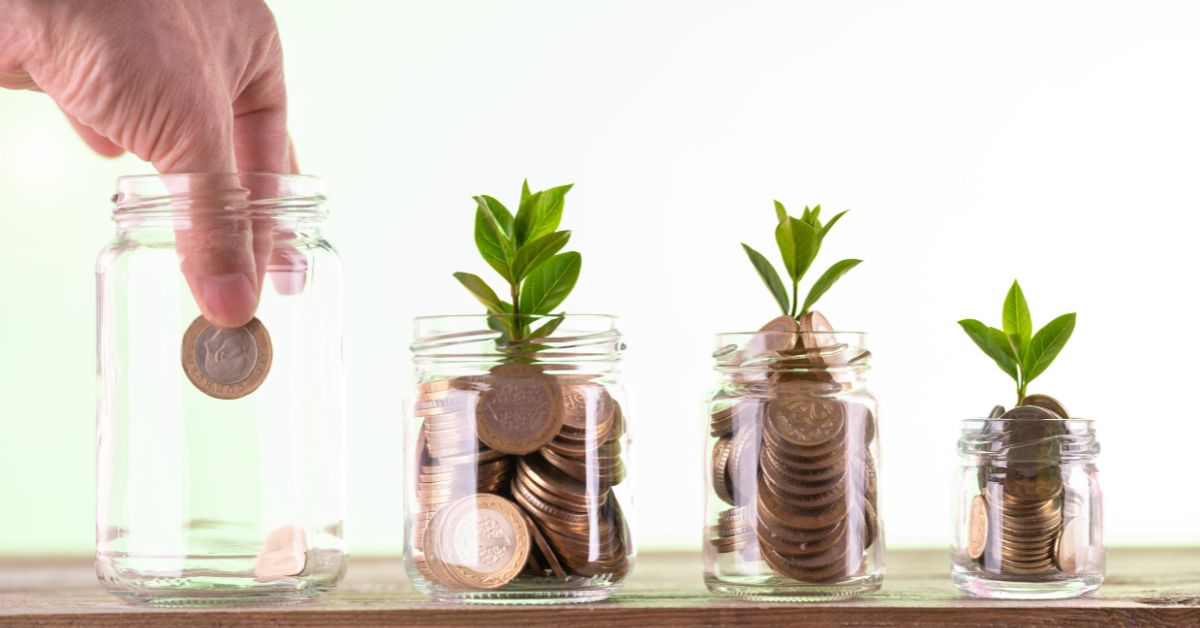
In March, DBS Bank released a study titled “Life After Work – Preparing for a Rewarding Retirement Journey” in which it said a comfortable retirement nest egg per person in retirement would be S$550,000 to S$1.3 million.
This was based on data insights from two million DBS retail customers as of June 2024 as well as the Household Expenditure Survey from SingStat and assumes a 20-year drawdown from age 65 with 2.5% annual inflation.
"The analysis shows that a 65-year-old retiree with conservative spending habits that are focused primarily on necessities (or around S$1,600 in monthly expenses) will need at least S$550,000 in savings by 2030 to maintain their lifestyle for 20 years, while a retiree with a balanced lifestyle (or S$2,800 in monthly expenses) will need at least S$950,000".
However, for the top 20% of retirees with more aspirational lifestyles (or S$4,000 in monthly expenses) the required amount more than doubles to S$1.3m. This difference underscores the importance of planning early to achieve your desired retirement lifestyle,
said DBS.
Having said all this and assuming you have managed to accumulate a nest egg that falls within DBS’s recommended ballpark figures, the question then arises: what can you do with the money?
Advertisement
Get a passive income from the retirement nest egg
The simple answer is to invest your retirement funds to generate sufficient income to help you pay for your retirement expenses – assuming of course, you had set aside at least the CPF Basic Retirement Sum or even better, the Full or Enhanced Retirement Sums when you turned 55.
It’s crucial to bear in mind that you should not take on too much risk when investing your nest egg because not only is your investing horizon short with insufficient time to ride out market volatility, you also don’t have time to earn back losses even if you are still employed.
Risk-free options for your retirement nest egg
- Singapore Government T-bills
At the time of writing, the latest cut-off yield for the 6-month T-bill auction conducted on 25 March was 2.73%. This may not appear particularly attractive as yields had been slowly falling in line with interest rates in the US.
Given that a global recession is now widely expected following the 2 April tariff announcements, there is great pressure on the US Federal Reserve and other central banks to cut interest rates quickly, which means yields are likely to continue falling.
However, on the flip side is the strong likelihood that the US tariffs will raise inflation, which might mean any interest rate cuts will have to be carefully considered by the Fed. There is also the possibility — albeit small — that rates may actually be raised.
The advantage of investing in T-bills are that the returns are guaranteed by the Government so they are risk-free; the disadvantage is that you will have to hold the instrument until maturity to enjoy the yield.
If you wish to sell your T-bills before maturity, you will have to go through the secondary market via DBS, OCBC or UOB by visiting their branches. You should indicate whether you are using cash, SRS (Supplementary Retirement Scheme) or CPFIS (CPF Investment Scheme) funds.
Note that prices in the secondary market may change day-to-day according to market conditions and may be higher or lower than what you originally paid.
- Singapore Savings Bonds
These are not really bonds as there is no trading or market prices. They are essentially Singapore Government-issued flexible deposits (as opposed to bank-issued fixed deposits) that can be redeemed at any time with no loss of interest.
The May 2025 SSB offered a first-year interest of 2.49% and a 10-year overall return of 2.69%.
Here’s more information on how to buy these “bonds”.
- Bank fixed deposits
As of April 2025, banks are offering around 2.5 – 2.9% for a 12-month fixed deposit, depending on the bank.
Slightly riskier options with the retirement monies
- US Treasuries
You can buy US Treasuries, which are bonds issued by the US Government, through various platforms such as Moomoo, Interactive Brokers or POEMS.
Depending on maturity, yields above 4% are available. However, take note that transactions are in US dollars, which means you will be subject to currency risk – if the US dollar weakens relative to the Sing dollar, your payouts will be less as you will receive fewer Sing dollars.
Also, I am told that the exchange rates used by some platforms may not be that competitive or attractive, so it’s best to do a bit of research before making any large-scale commitments.
- Singapore-listed Real Estate Investment Trusts (REITs)
If interest rates really do get cut in the next few months, this should in theory benefit real estate investment trusts or REITs as they are debt-heavy entities with high interest expenses.
Depending on the sector, yields of up to 8% are possible – of course, with added risk, particularly for those with mainly overseas assets.
Also bear in mind that many REITs are economically sensitive, ie they do well if the economy does well and conversely, may not do well in a downturn. If the US tariffs do lead to a full-scale global trade war and economic slowdown, then many sectors will be affected, so it would be best to tread carefully.
You can make use of the tips in this REITs link.
- High-yield blue chip stocks
According to SGX’s stock screener, after the selloff on 7 April, the three bank stocks were trading at dividend yields of just under 5%. All three had just announced record profits — thanks partly to high interest rates in recent years — and also very generous dividends and share buyback schemes.
In the property sector, CapitaLand Investment at S$2.39 was trading at a yield of 4.5%, Guocoland at S$1.36 was offering a yield of 4.14% and Frasers Property’s yield at S$0.745 was 5.59%.
It’s worth bearing in mind that these yields are based on dividends already declared and possibly paid, so whether or not the figures will remain the same in the years ahead is very much open to question.
Also, buying stocks always comes with risk, even for blue chips. You’d have to ask yourself whether you can afford to lose all or part of your capital if you were to buy any of these.
A word of caution on financial service providers and their products
Local banking and brokerage groups, too, have their own robo-advisory platforms: DBS Bank’s digiPortfolio, OCBC Bank’s RoboInvest, UOBAM Invest and Phillip Securities’ Smart Portfolio.
It is very important to deal only with licensed financial service providers. Those that are not subject to regulatory oversight by the Monetary Authority of Singapore will expose you to significantly higher risks of fraud and mismanagement of monies.
Some questions to ask when buying any investment product include:
- Does the recommended product meet your needs? Which benefits and features are guaranteed, and which are not? Under what conditions might the benefits or features be withdrawn?
- What is the potential return? Is it realistic? What is the maximum you could lose?
- When does the investment pay out? Can you afford to stay invested for that duration? Do you need the money earlier?
- Are there other products that offer similar benefits and risks? How does the product compare with these alternative products?
Always be very careful when investing your retirement nest egg. Check and double-check that you know exactly what you are buying and how the returns are generated.






